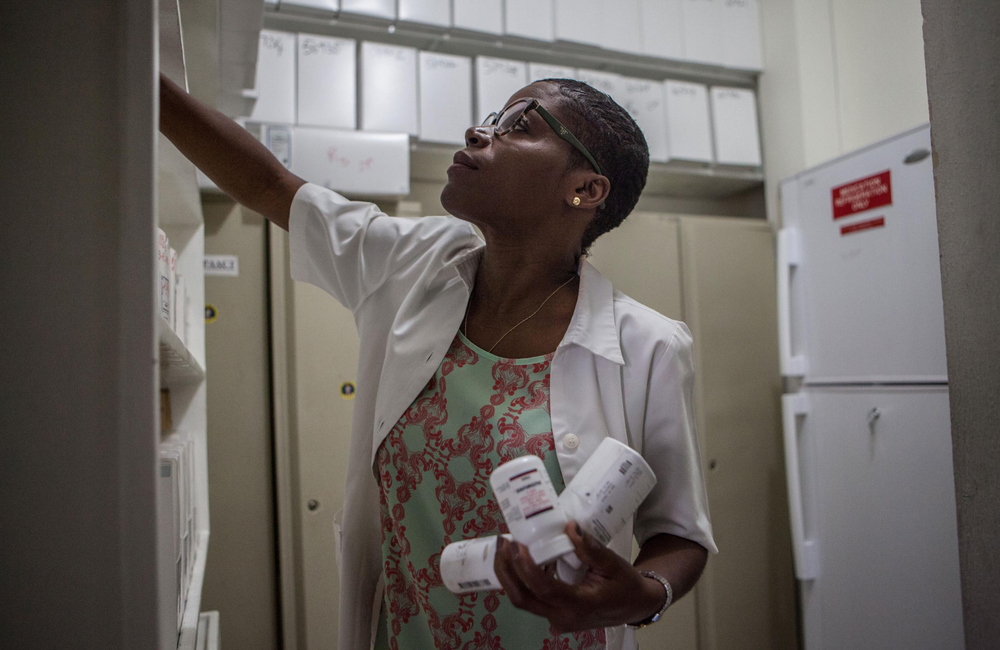
AIDS 2020, the 23rd International AIDS Conference was held virtually this year due to social distancing and the coronavirus. You might have missed some of the key developments in HIV treatment presented at the meeting.
The biggest theme was weight gain in people taking antiretroviral therapy. A large US study found that people with HIV gained weight three times as quickly as HIV-negative people of a similar age, regardless of baseline weight. There was more data confirming the link between weight gain and the antiretroviral medication dolutegravir, as well as a study showing a link with tenofovir alafenamide (TAF). People who switched from the older version of tenofovir to TAF experienced rapid weight gain, regardless of the other anti-HIV medications they were taking.
There was more data on the safety of dolutegravir in pregnancy. Exposure to dolutegravir around conception or in early pregnancy was associated with a slight, but non-significant difference in the increased risk of neural tube defects compared to other antiretrovirals, the latest data show. Another analysis found marginal differences between dolutegravir and efavirenz in terms of pre-term births, stillbirths and neonatal deaths.
There was relatively little news about new antiretroviral medications, with the exception of a study showing that the promising new agent islatravir combined with doravirine (Pifeltro) kept viral load suppressed for 48 weeks with only a small number of study participants experiencing virological failure.
Treatment guidelines for resource-limited settings recommend the use of tenofovir disoproxil fumarate in first-line treatment, with second-line regimens involving a switch from tenofovir to zidovudine. But data from Haiti suggest better outcomes for those who ‘recycle’ tenofovir, perhaps because it avoids the twice-daily dosing and side effects of zidovudine.
Click on the links to find out more.
